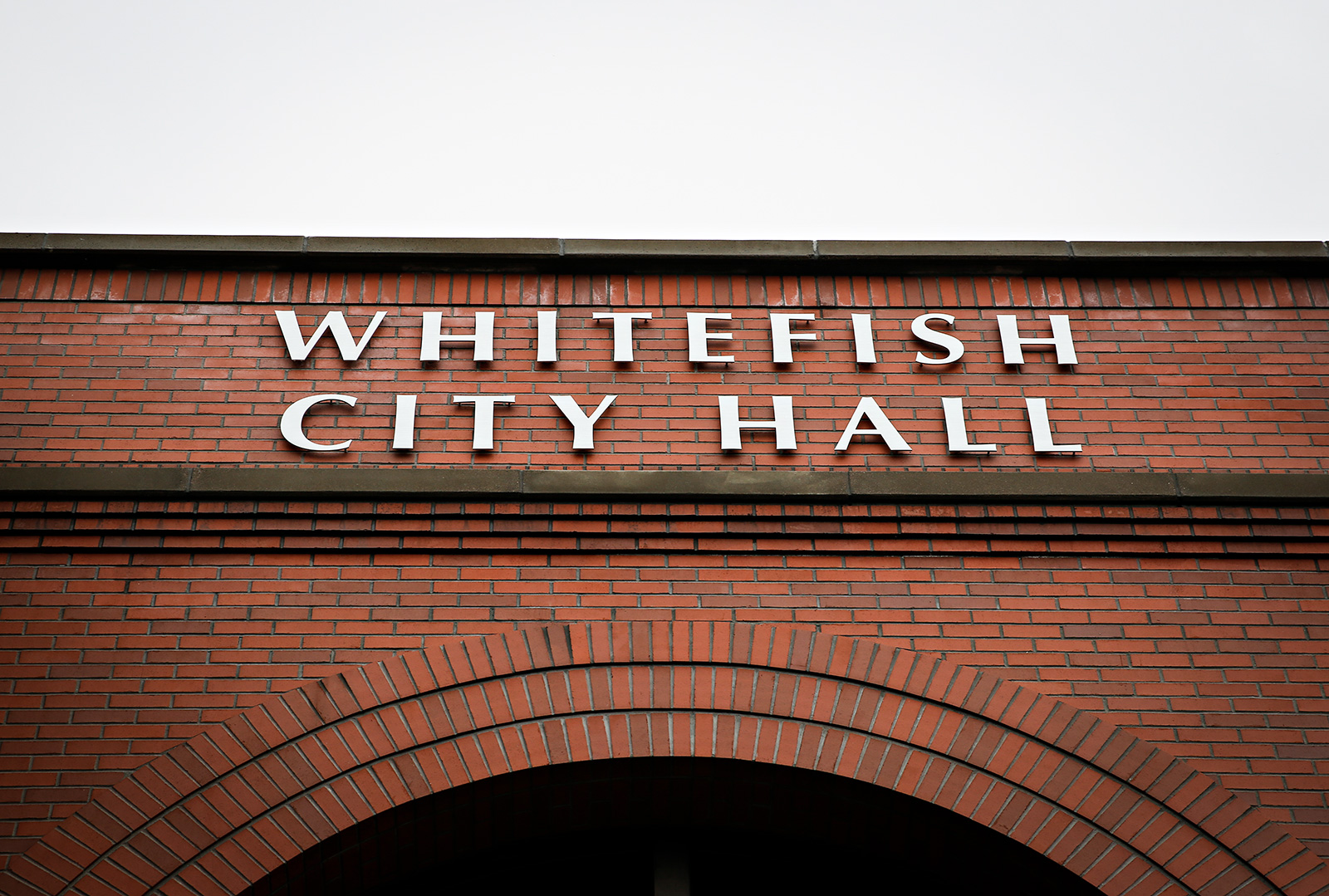The Whitefish City Council at its Sept. 6 meeting unanimously approved a series of requests related to a proposed development to be located just north of the BNSF Railway tracks near the Hugh Rogers WAG Park dog park.
Called Edgewood 90, the project involves developing pieces of land south of East Edgewood Drive on both the east and west sides of East Second Street. Combined, the two pieces of land are 92.91 acres.
On the west side of East Second Street, the developer wants to construct three buildings for multi-family housing that would have a combined 30 units, with six of them being deed restricted for people making no more than 70% of the area median income. Some of the land on the western portion of the project had previously been used as a tree farm. To the west and south of those buildings, four lots will be set aside for industrial use. East of those lots and the housing development will be open space, including a forested area that the developer has promised to either donate as a park or conservation easement.
For the eastern portion of the development, the developer has proposed an eight-lot rural residential subdivision. The subdivision would be accessible from East Second Street.
The developer asked the council to approve a growth policy map amendment, a zone change, a planned unit development (PUD) overlay and a subdivision plat.
The planning board and city staff both recommended conditional approval of the developer’s requests
Sean Averill, one of the developers, emphasized the degree to which he involved neighbors and took their feedback into consideration as he and his partners developed a plan for the property.
The city council made a handful of amendments. Councilor Ben Davis added an amendment requiring the developer to construct a pedestrian path from the railroad crossing to the nearest city sidewalk. Previously, the city staff’s recommended conditions of approval included a fee in lieu of construction of the sidewalks on East Second Street.
City Manager Dana Smith explained that the cash in lieu system gives the city a fund from developers in the district to do things like connect sidewalk to a development. Davis said he thought it would be done more quickly if the developer was tasked with completing the sidewalk.
Davis also added a condition that would add an easement on the south side of East Edgewood Drive east of East Second Street to allow for a future multi-use path.
Some of the council’s discussion revolved around preserving the dark nighttime skies that area residents are used to. Councilor Frank Sweeney added an amendment that removed street light requirements from the project entirely, but added a requirement that the developer construct conduit bases for potential future street light poles and provide cash to the city for potential future lights.
Craig Workman, the city public works director, emphasized during discussion of the amendment that a lack of lights would impact East Second Street, particularly as the development would add “a tremendous amount of traffic to that roadway, as well as a shared use path that will be used from the multifamily housing development.”
“At an absolute minimum we should have the developers install the facilities to have future street lights,” Workman said, adding that his staff still recommended the roadway be improved to collector roadway standards.
Councilor Rebecca Norton was also opposed to removing the requirement for street lights, citing the nearby dog park and its potential for encouraging foot traffic in the area.
“I just think it would be safer, and that we should follow the staff’s guidance on this for safety reasons.”
Councilor Steve Qunell downplayed the amount of increased traffic the area would see between the various residential parts of the development, and supported the cash in lieu plan, saying of the lights that he didn’t think they were currently necessary. The amendment passed, with Norton as the only vote in opposition.
